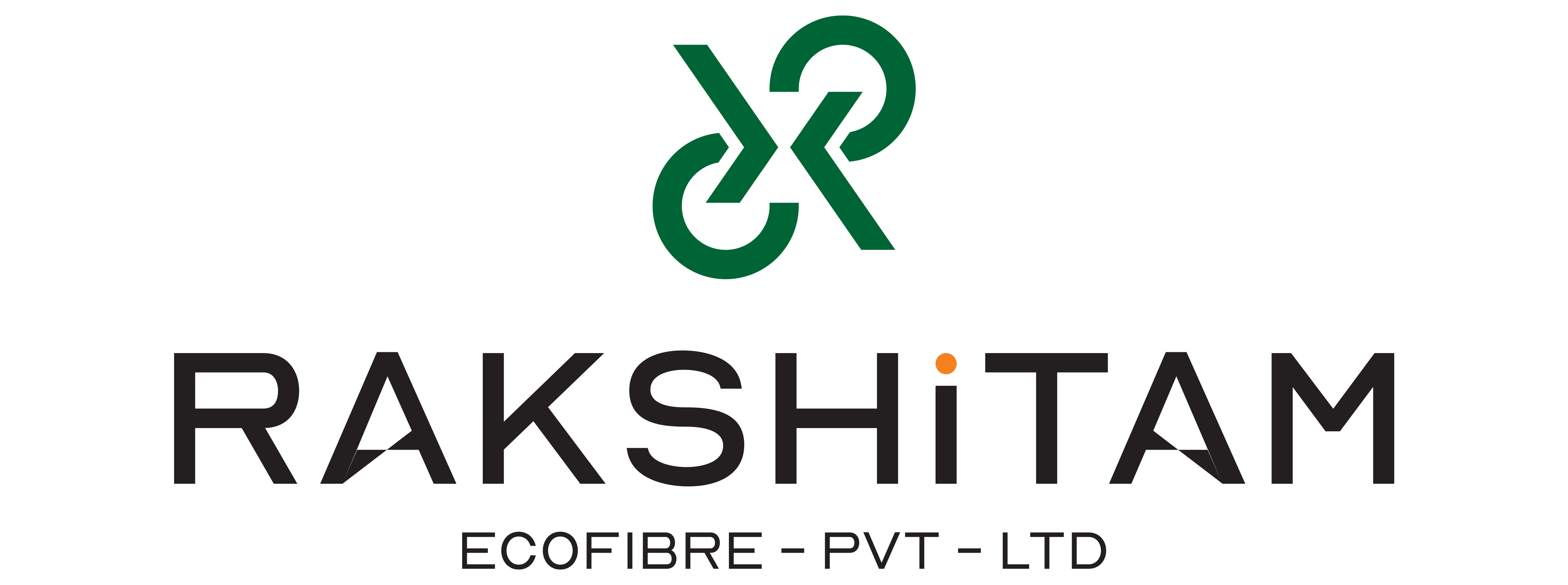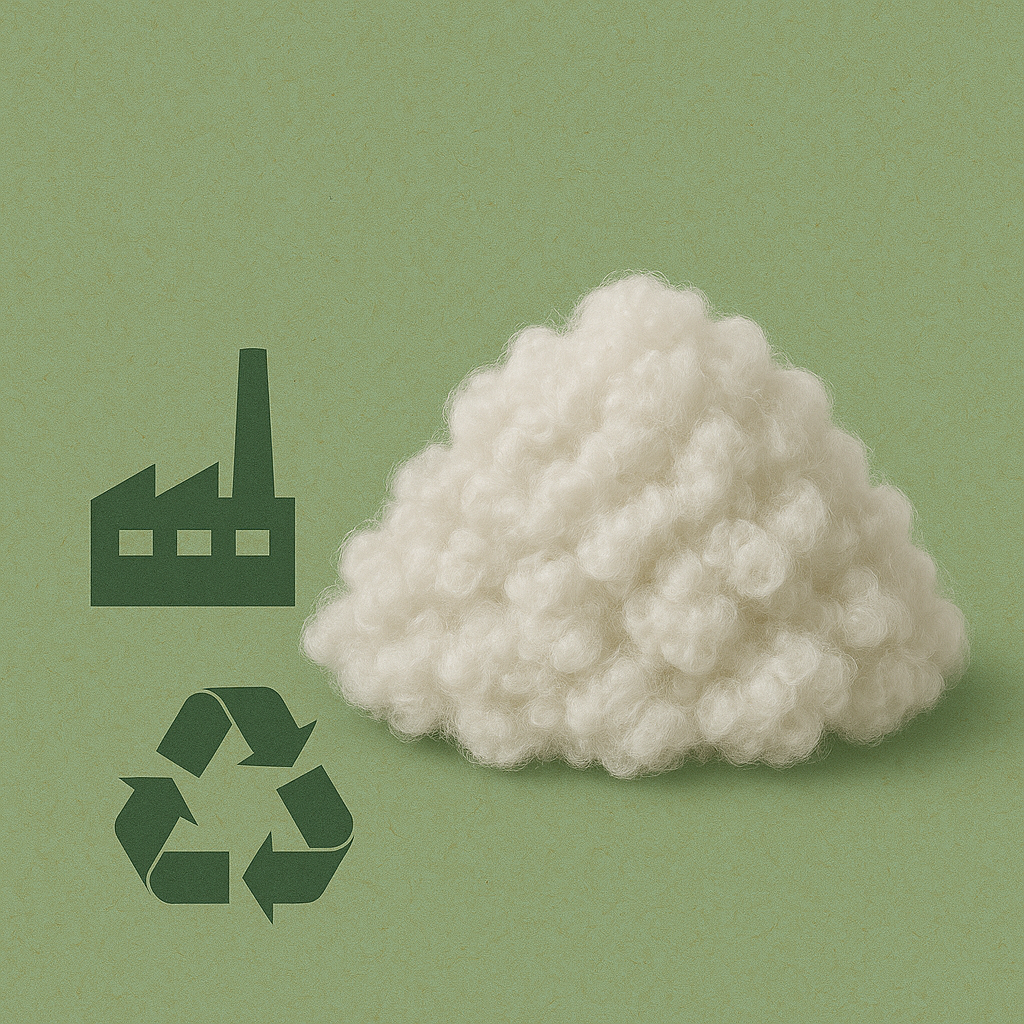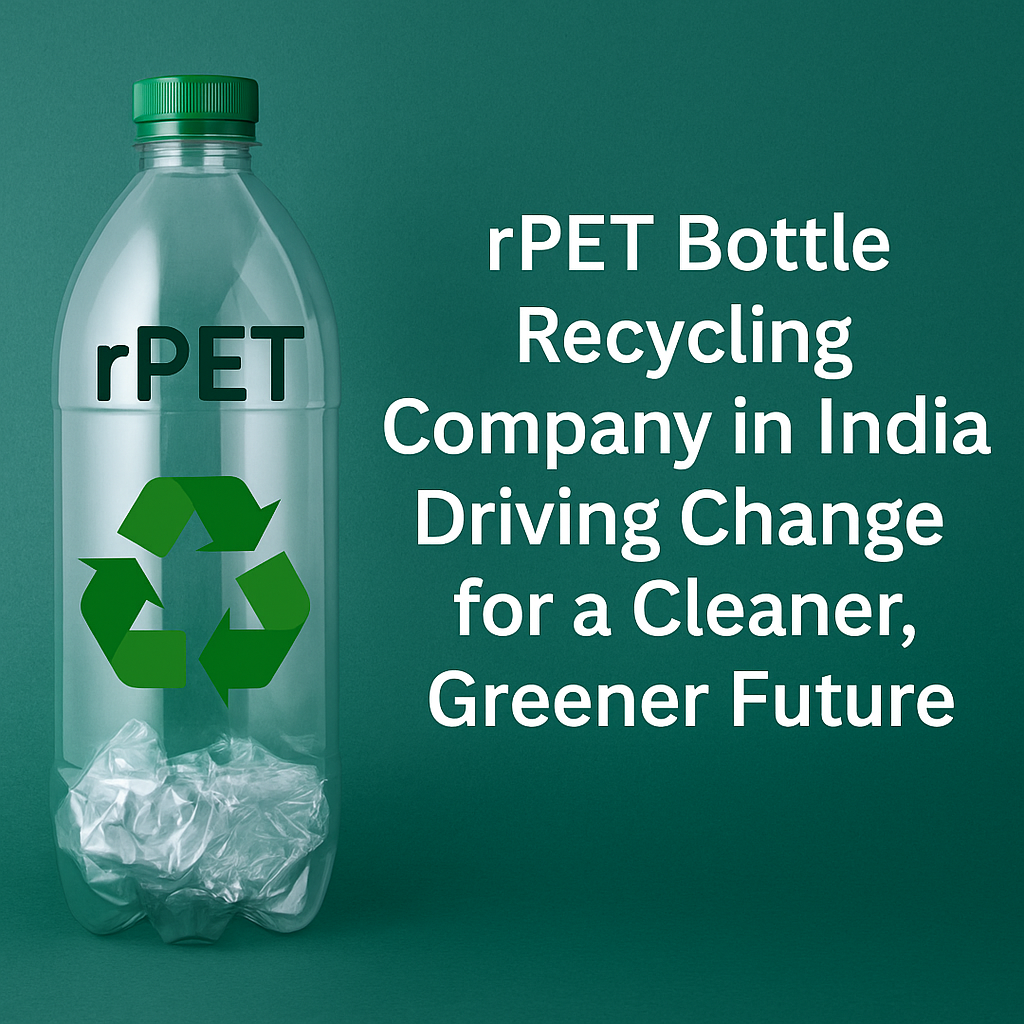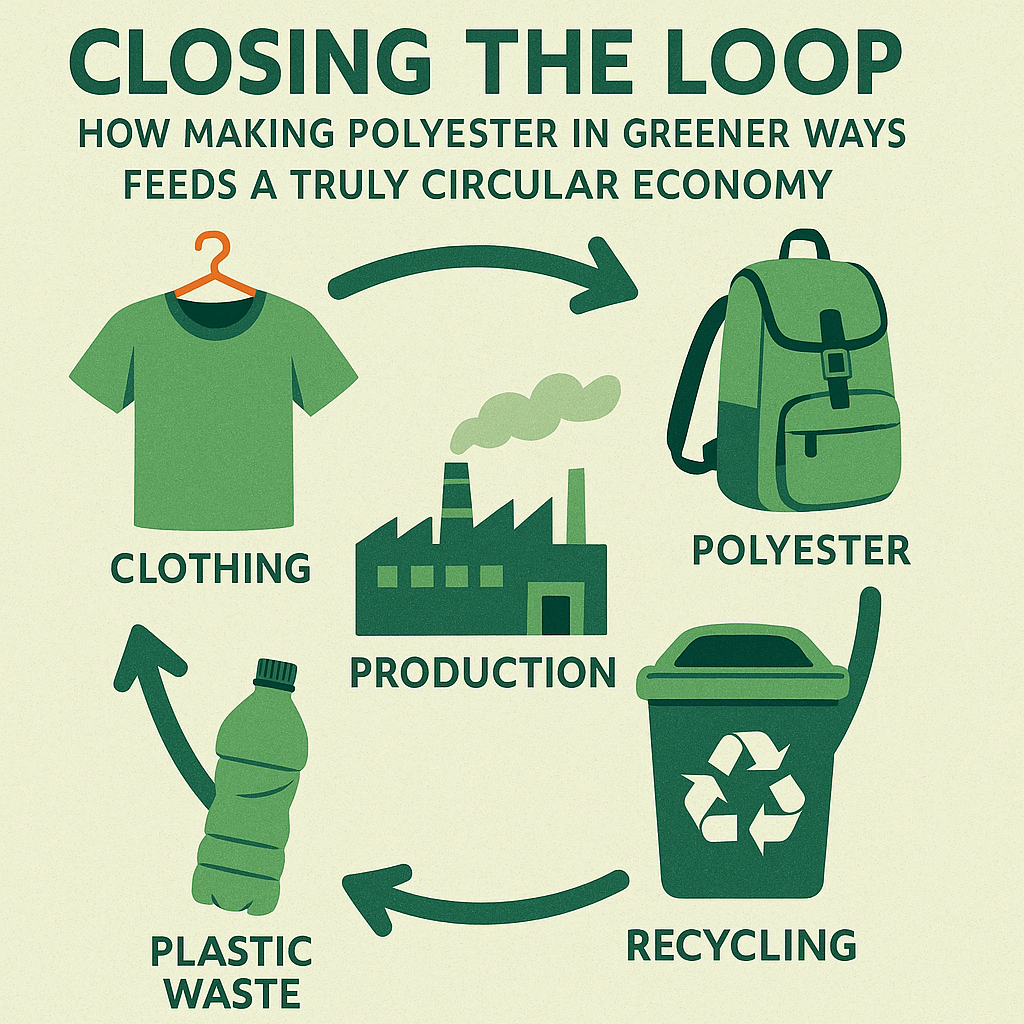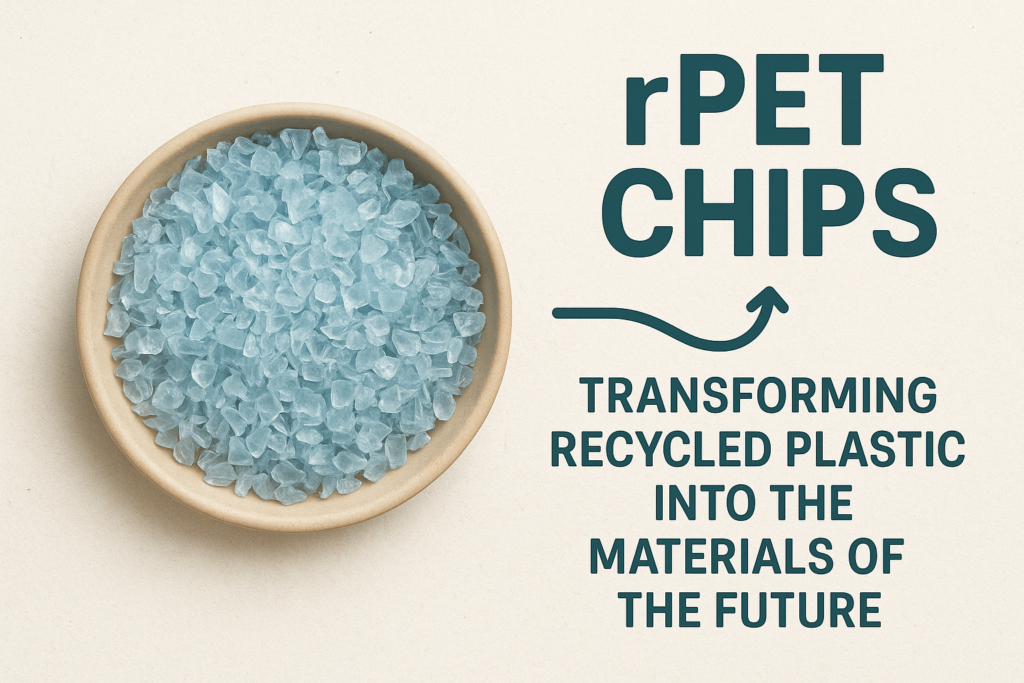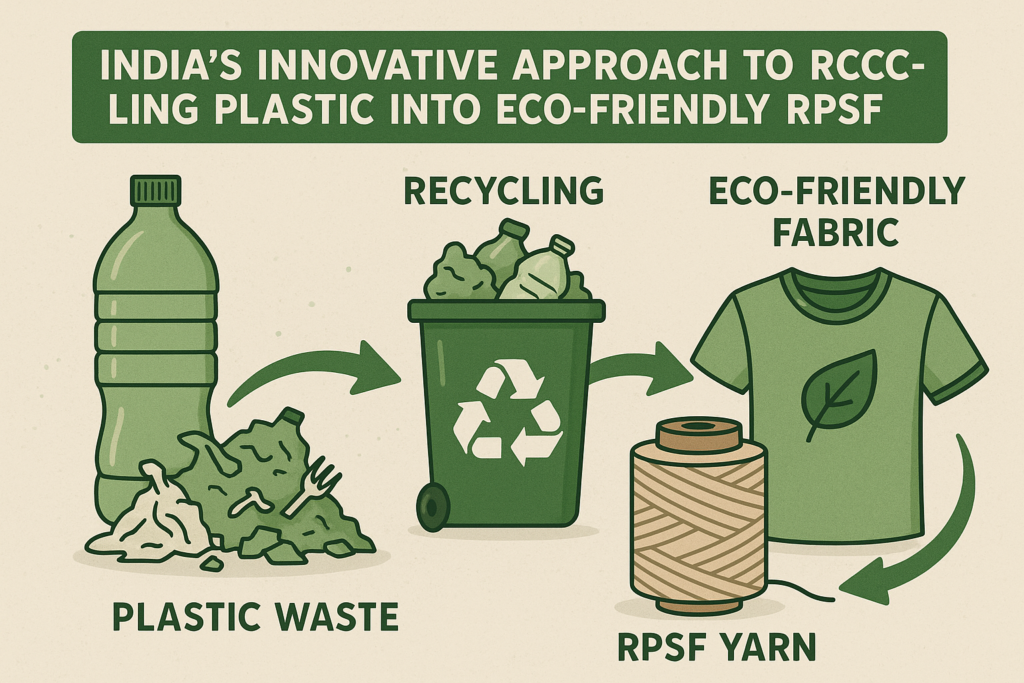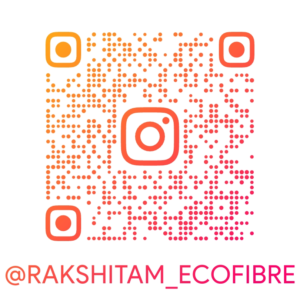With the increase in the global supply of sustainable materials, Recycled PET (rPET) is becoming crucial in developing a circular economy. Within various types of rPET, rPET white flakes are perhaps the most critical for the plastic recycling industry’s value chain. What are rPET white flakes and what makes them so useful? This blog aims to explain all aspects of their environmental features, applications, and properties.
What are rPET White Flakes?
rPET white flakes constitute high-quality fragments of recycled polyethylene terephthalate (PET) procured from used PET bottles. After the meticulous washing and sorting process of removing labels and caps, flakes are produced, usually white or light in color. They are sufficiently clear for a variety of industry and consumer applications.
Key Characteristics:
- High Whiteness and transparency
- Low moisture Content
- Low contamination
- Food grade level after certain processing standards
- Fit for melt processing and extrusion.
What Is The Process In The Creation Of RPET White Flakes?
The simple processes in the creation of rPET white flakes include the following:
- Collection – This includes the retrieval of PET bottles from recycling bins, centers, or even industrial waste streams;
- Sorting -This step includes sorting bottles by color, resin types, and materials that make up the bottles.
- Label and Cap Removal – This includes the removal of non-PET materials such as caps and labels.
- Washing – Removing the stored dirt, adhesives, and any other organic contaminants from the bottles.
- Shredding – Consists of shredding clean PET into flakes to be later used.
- Drying and sieving – It consists of smoothing the flakes in order to satisfy the needs of processing them further into new products.
This singular process guarantees that the resulting flakes created are ready for new products.
Best Uses Of RPET White Flakes
For added purity, rPET white flakes are renowned for being used across different industries:
1. The Textile Industry
- Widely used in the venue of eco-friendly clothing and reusable bags.
- Used to create polyester fibers for garments, home furnishings, and even sturdy fabrics.
2. Clock reusable flasks
- Serves as food containers, cosmetics containers, and even for pharmaceuticals.
3. Components of an Automobile
- Used in making the non-structural components of an automobile such as seat fillings, insulation panels, carpets, and many more.
4. Filaments for 3D Printing
- The use of recycled PET in the creation of filaments for 3D printing is on the rise.
5. Construction Materials
- Incorporated in insulation panels and plastic composites
Profit Life Group Centered Model by Using rPET White Flakes
Switching from virgin plastic to rPET White flake plastic has greatly positive ecological impacts:
1. Cuts Down on Plastic Waste
Doing rPET transforms useless plastic into flakes which decreases the increase of trash in landfills, oceans, and other water sources.
2. Cuts Back on Carbon Emissions
The energy spent while creating rPET is significantly lesser and greenhouse gas emissions are comparatively lower compared to engen PET production.
3. Spares More Natural Resources
Using rPET saves nonrenewable resources such as petroleum which is used in the making of virgin plastics. This way TRUMPET helps the environment.
4. Shifts Towards Circular Economy
Converting used PET bottles into usable material encourages a closed-loop system which helps mitigate the need for single-use plastics.
How to Find rPET Flakes with the Best Quality
Controlling the quality of the rPET flakes goes a long way to determining its performance and end-use. Key quality indicators include:
- Maintaining consistency in flake size and shape
- Low levels of PVC and other contaminants
- High bulk density
Submission of COA with certain specified conditions to ensure clarity and traceability to vendors aids these requirements.
Also Read: The Role of Recycled PET in Eco-Friendly Packaging and the Circular Economy
Concluding Remarks
The benefits of rPET white flakes span countless industries as they serve as an eco-friendly and effective substitute for virgin plastics. Businesses can help sustain the environmental and contribute to the circular economy by reducing rPET’s carbon footprint through its adoption in industrial processes.
You are in packaging, construction, or textiles—does not matter, for embracing rPET white flakes means taking a leap towards sustainability.
Switch to rPET today—because every flake aids in the fight toward a cleaner tomorrow.
